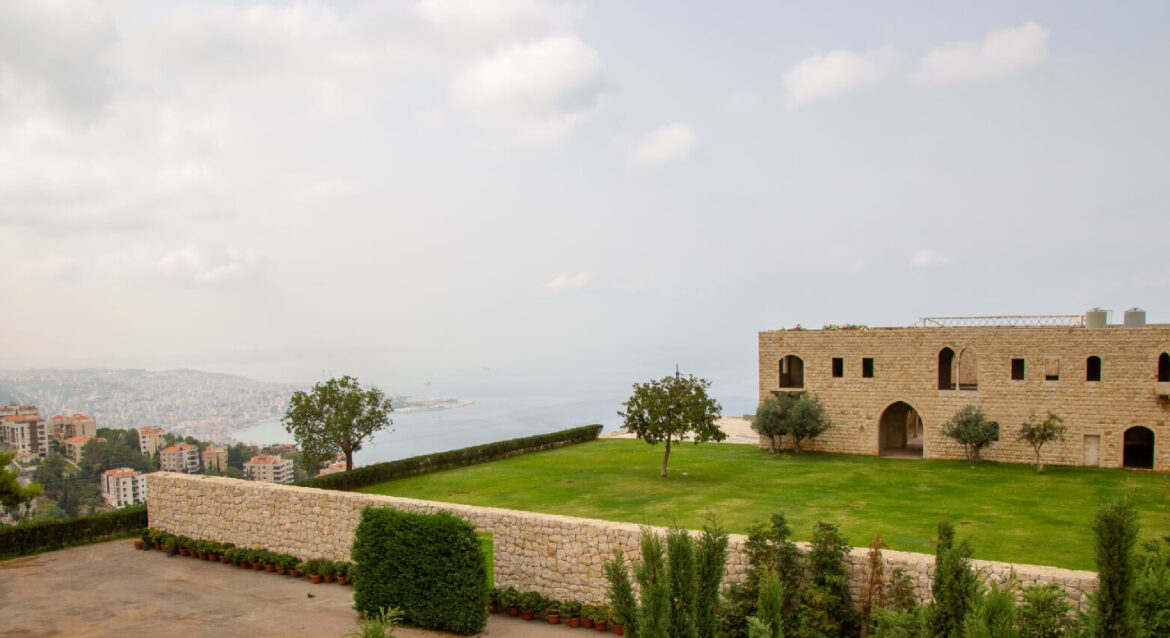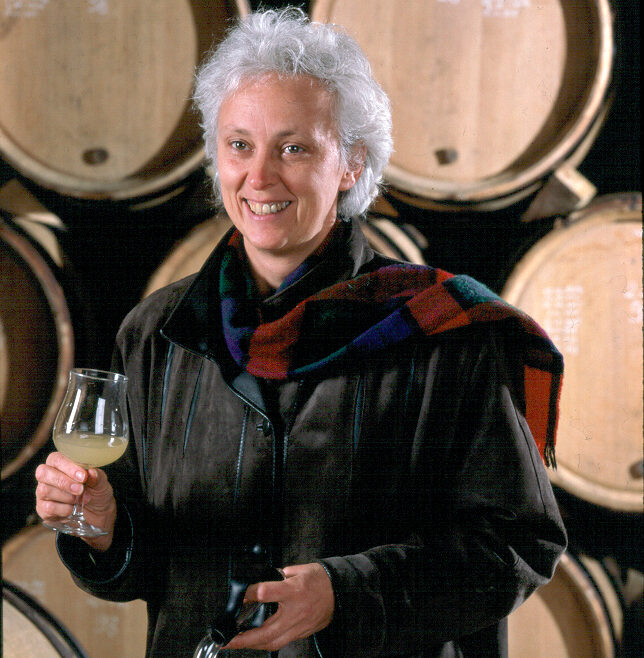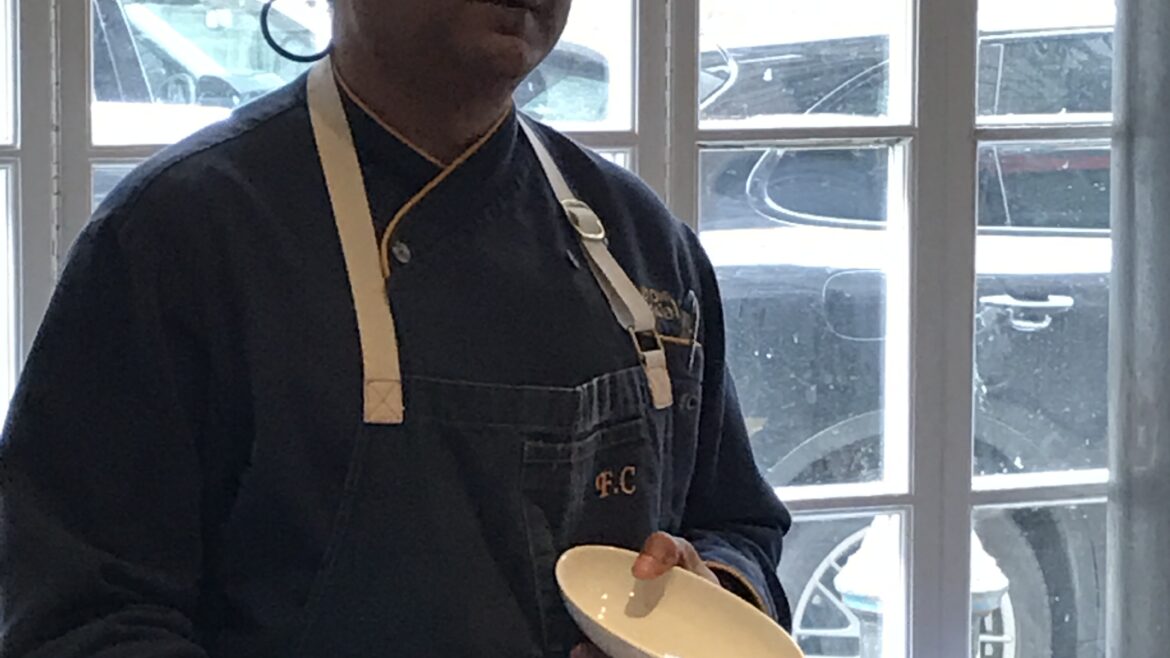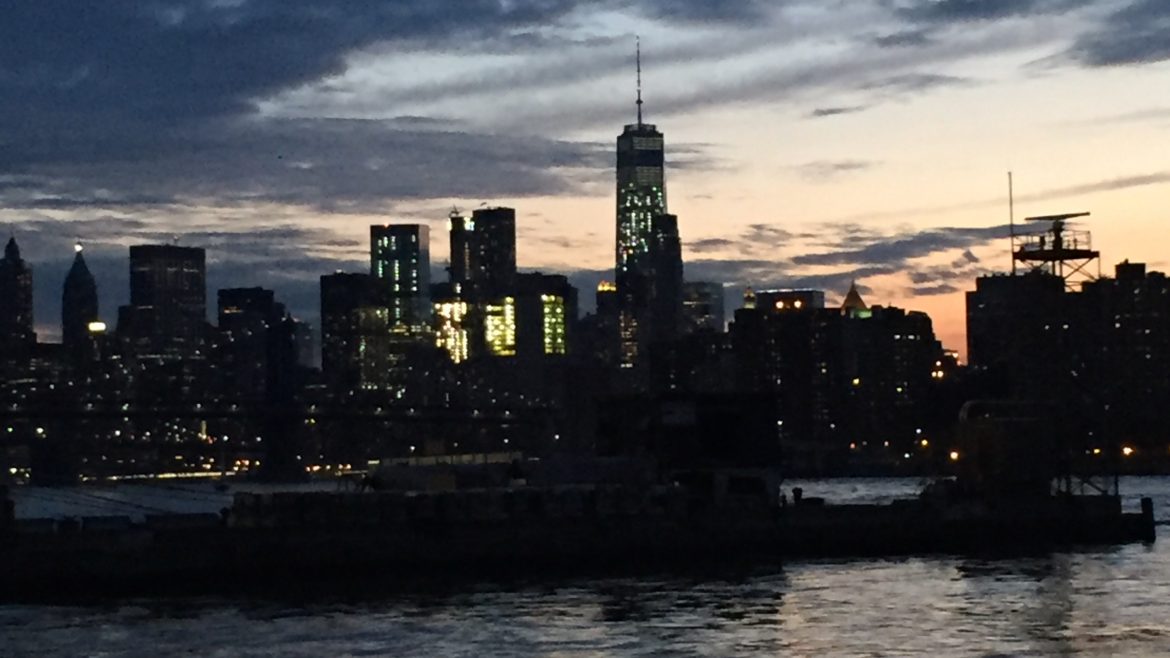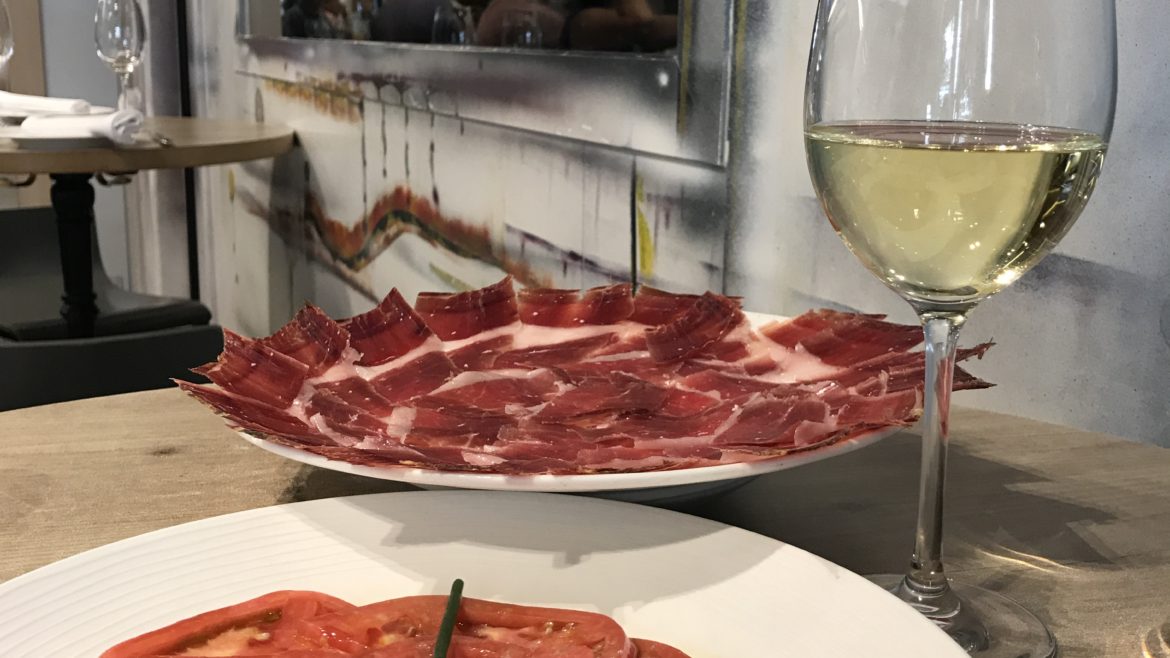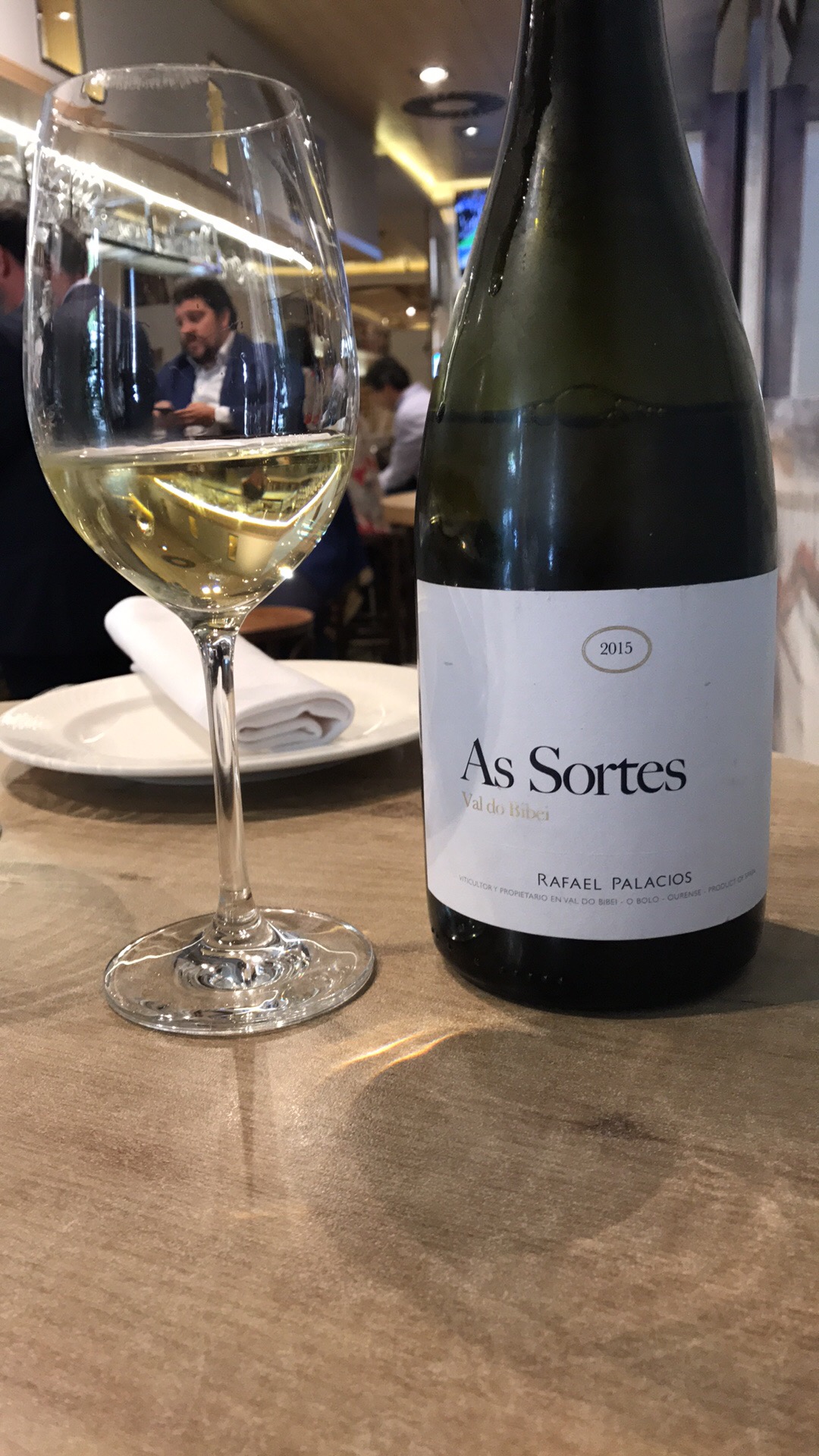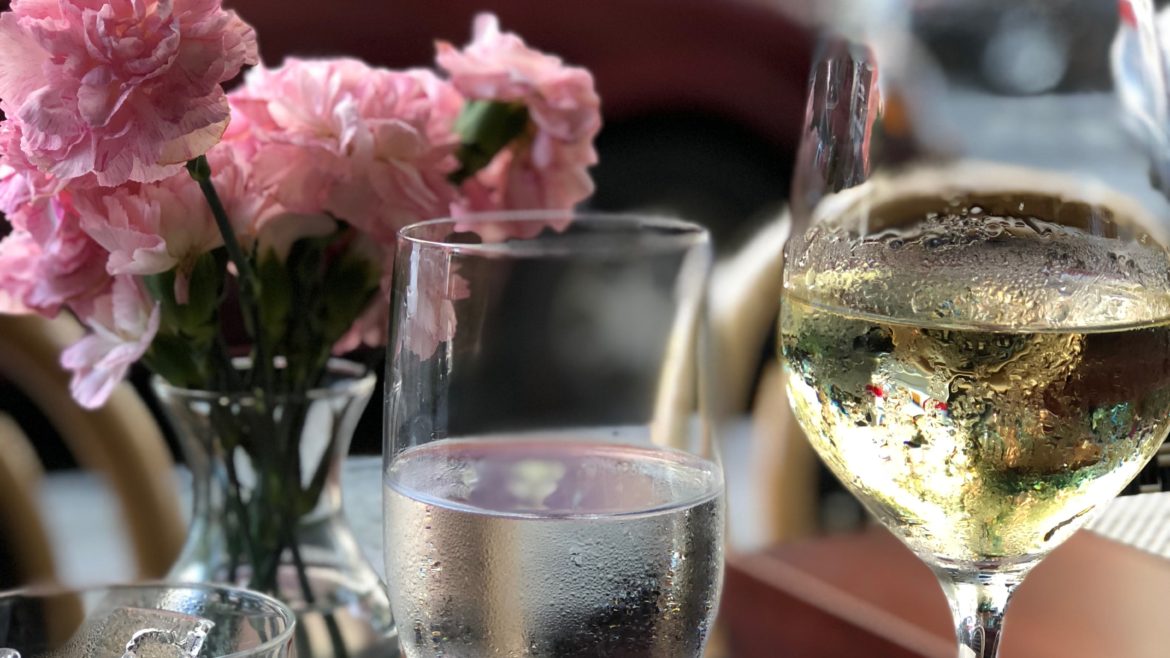About a quarter of a century ago, I went to Sardegna…the one and only time I’ve visited this island in the Mediterranean, but one that I swore I wanted to go back to…and I will.
One summer, a few years after we both graduated, my best friend from college, a Roman girl told me she had rented a small cottage on the West Coast of Sardegna.
“It’s the un-chic side of Sardegna,” she said. “Not the Costa Smeralda…” which is an obligatory pit-stop for the jet set and their magnificent yachts as they cruise the Mediterranean in the summer.
“Why don’t you come visit?” she suggested. “You’ll have to fly into Caligari and take a taxi.”
Why not? I thought and booked myself on a flight to Rome and onwards.
As the taxi trundled north to the address that was not much more than the name of a farm and a general area rather than a ‘street address,’ I was amazed at the scenery. It wasn’t anything like what I’d imagined. It was wild.
Along the coasts, gigantic cliffs plunged into a sea so blue that it redefined ‘turquoise,’ and inland, when the road took us there, the hills were craggy and rugged and the valleys green and rich with local vegetation, the air redolent of the scent of herbs that was reminiscent of the Languedoc region of Southern France.
Shepherds snoozed under the heavy foliage of trees as their flocks foraged for fresh, sweet grass, whilst a strong wind swept through, cooling the effects of the hot summer sun. As we got closer to the house, a flock of flamingos rose up into the sky in a perfectly choreographed formation that took my breath away.
I honestly can’t remember exactly where the cottage was, but it was charming and the view and place made up in spades for what it didn’t have in the more modern comforts of life.
Besides the scenery, what has stayed with me from that trip were some of the meals we had: one a pasta dish made by the farmer’s wife when I arrived, mallerodus, a local pasta, in a simple sauce and lots of pecorino cheese; two, the lunch on the boat that we took to see the coast, was another simple pasta in a red sauce, made by one of the crew. Why is it that pasta in Italy just tastes better?
But the third meal was at an agriturismo, an Italian table d’hote, the dinner table of a local farmer.
At this agriturismo, the table was outside under the star-filled, inky sky of a summer night. I remember it was hot and humid and the air was quite still. Candles lit the area and the smell of wax mingled with the scent of wildflowers.
The table was laden with platters of antipasti and cheese and hot, homemade bread. There were pitchers of cold water and bottles of a homemade rose wine. The pièce de résistance was the incredibly beautiful sucking pig that everyone thought was the star of the show.
But for me, it was the pasta, the primo piatto that came before the pig that I have never been able to forget, the layered flavours of the lamb ragù creating an indelible memory of a dish that I recreated years after the trip, re-building it step by step from the flavours I remembered and the few pointers given to me by the farmer’s wife.
Three years ago, I was in East Hampton for some much-needed time off and my very close friend, K, came to visit. And as we sat drinking a Sicilian rosé by the pool enjoying the August sun, talking about places we’d visited and hoped to go back to, Sardegna was one that came to my mind and I told her about that meal at the agriturismo.
Inspired, I conjured up the dish, feeling a little bit like a witch stirring her cauldron, relying on my palate and olfactory memories from so many years ago. We had it that night, sitting outside, the table lit by candles, a couple of bottles of wine to keep us going and crickets chirping in the bushes. And…I have to say, it was pretty darned good and came very close to being exactly what I had eaten twenty-five years prior.
Last week, following the success of our first FaceTime virtual dinner party, my friends, K and L, suggested we do the lamb ragù next. Problem was that I had never written down the receipe in East Hampton, but, unbeknownst to me, K had taken notes as I cooked. So, we decided to go for it…K, L and I cooked on FaceTime, took a break to take our respective dogs out as the ragù simmered in three kitchens across Manhattan, and came back to it, served it and sat down and ate it…alone, yet together.
Wine was copiously consumed, L decided on a Marsanne from Yves Cuilleron, K a greco di tufo from Campania and I had a monica from Sardegna.
We ate too much and we drank too much and talked far too much, but this time, we didn’t have to get in cabs to go home. We were home.
Not yet sure what we will do next week, but there was some talk of Mongolian steak…
Stay tuned!
Meantime, the ragù receipe is below.
Ingredients:
Olive oil
4 cinnamon sticks
10 cloves
10 whole black pepper
2 bay leaves
8 cloves garlic minced
2 red onions chopped
4 pepperoncini or 3 fresh serrano chilies chopped or 4 dried
2 pounds minced lamb
2 of each sweet and hot sausage, without the casing
Salt
4 fresh tomatoes
Pinch of sugar
3 – 4 sweet potatoes, cut in chunks
A palmful of finely chopped parsley
1 box of a short pasta, rigatoni, fusilli, cavatappi or celentani
Pecorino cheese to taste
Method:
Heat a good glug of olive oil, enough to coat the bottom of a pot
Add whole spices to perfume the oil
Add garlic
Add red onion and chili
Add a pinch of salt to make the onion sweat
Once onion is soft, add meats and brown
Salt to taste
Peel the tomatoes, puree, and add to mixture
Add a teaspoon of sugar
Cover and cook on low fire, about an hour.
Pre-heat oven to 375 degrees
Toss chunks of sweet potato in olive oil and salt and roast, about 25 to 30 minutes until soft.
About 5 minutes before ragù is ready, add roasted sweet potato to the pot.
Top with parsley.
Boil pasta in salted water until al dente.
Drain and return to the pot and add the ragù to the pasta and allow it to mix.
Top with pecorino cheese and serve.
